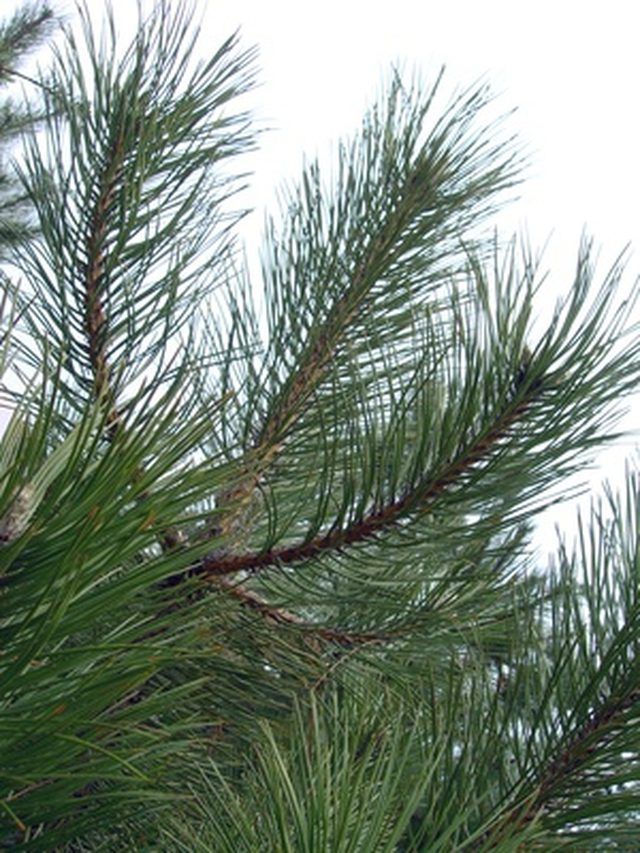Bulbs
Flower Basics
Flower Beds & Specialty Gardens
Flower Garden
Garden Furniture
Garden Gnomes
Garden Seeds
Garden Sheds
Garden Statues
Garden Tools & Supplies
Gardening Basics
Green & Organic
Groundcovers & Vines
Growing Annuals
Growing Basil
Growing Beans
Growing Berries
Growing Blueberries
Growing Cactus
Growing Corn
Growing Cotton
Growing Edibles
Growing Flowers
Growing Garlic
Growing Grapes
Growing Grass
Growing Herbs
Growing Jasmine
Growing Mint
Growing Mushrooms
Orchids
Growing Peanuts
Growing Perennials
Growing Plants
Growing Rosemary
Growing Roses
Growing Strawberries
Growing Sunflowers
Growing Thyme
Growing Tomatoes
Growing Tulips
Growing Vegetables
Herb Basics
Herb Garden
Indoor Growing
Landscaping Basics
Landscaping Patios
Landscaping Plants
Landscaping Shrubs
Landscaping Trees
Landscaping Walks & Pathways
Lawn Basics
Lawn Maintenance
Lawn Mowers
Lawn Ornaments
Lawn Planting
Lawn Tools
Outdoor Growing
Overall Landscape Planning
Pests, Weeds & Problems
Plant Basics
Rock Garden
Rose Garden
Shrubs
Soil
Specialty Gardens
Trees
Vegetable Garden
Yard Maintenance
How to Create a Screen to Block Out My Neighbor's House
How to Create a Screen to Block Out My Neighbor's House. A well-known saying implies that "good fences make good neighbors". Sometimes, however, construction of a fence is not an option or not aesthetically pleasing. If you're looking for a more natural method of screening your yard from your neighbors, you can instead plant a hedge screen by...

A well-known saying implies that "good fences make good neighbors". Sometimes, however, construction of a fence is not an option or not aesthetically pleasing. If you're looking for a more natural method of screening your yard from your neighbors, you can instead plant a hedge screen by laying down a row of shrubs or small trees near the property line. Once the plants have grown in, they provide separation between the yards while also looking natural and beautiful. If you're looking for an immediate screen, you can purchase mature trees, but costs will be greater.
Things You'll Need
Shrub or tree sprouts
Examine the location of the desired screen. Note the amounts of sun that the area will see over the course of the day. Also note the location relative to other ground around the property line to determine if there is likely to be increased or decreased water in the soil due to drainage.
Decide on your needs for the screen. It is important to know how tall and how full you want the screen to be when fully grown so that you can properly choose the plants used in the screen.
Find the right bushes and/or trees to go along with your needs in Steps 1 and 2. The height and water/light environment of your potential screen can help you narrow down the available options. An Emerald Green Arborvitae, for example, will provide a screen approximately 14 feet tall, but requires a location with proper drainage that receives a lot of light. For more information, speak to a professional landscaper who should be able to help you find plant options.
Lay the entire screen at the same time so that it remains uniform in appearance throughout growth. If you buy your plants piece by piece, it is likely that the screen will appear uneven while it is still growing in.
Spread out your plants wide enough to allow for proper growth as the plants develop, particularly with a tree like a pine, which will grow out a great deal. It is an easy mistake to plant saplings near each other as they are not very wide. However, as the trees grow up, they will encroach on each other.
Choose a screen consisting entirely of identical plants if you wish to have a uniform screen. However, consider mixing two or more plants with similar growth patterns for a screen with a more unique look.